Exploring the Zoo with the Fuji X-E2 and XF 55-200 f/3.5-4.8
My annual trip to the North Carolina Zoo in Asheboro represents my first opportunity to shoot the Fujifilm X-E2 since it came recently. I had used it some before today, but not extensively, and not handling it in more “real world” scenarios. I had a day off with my son, the weather looked promisingly mild and cooperative, and so off we went. Wanting to travel light, I packed only the X-E2 (so no direct comparisons to the X-E1 this time), the Fujinon 18mm f/2, which didn’t get much use, and the Fujinon XF 55-200 f/3.5-4.8, a wonderful lens that I used for, I think, every single photo in this blog. These were packed into my Domke padded insert, which went into my general purpose Samsonite backpack–a comfortable arrangement that was never a burden, allowed me reasonably quick access to my gear, and provided storage space for jackets, my son’s toys, and other non-photographic stuff.
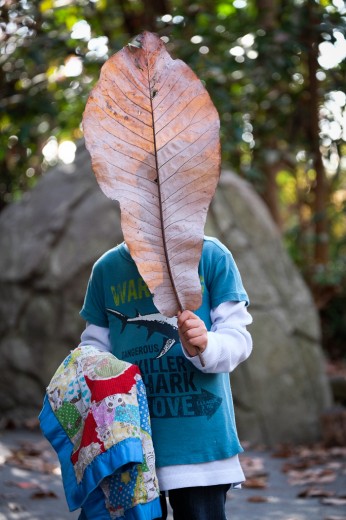 Photographing with the X-E2 has given me some first impressions that mostly reaffirm what I’ve already said (and others)–that it is a great refinement on the X-E1 in almost every important way. I have already had some significant time shooting with the 55-200, and all I have to say about that is that it’s wonderfully sharp, well-built, and the image stabilization is really great. I’ll therefore focus here on the X-E2 specifically, and a little bit more about my thoughts generally about switching from a full-frame Canon system to a Fuji crop-sensor mirrorless one.
Photographing with the X-E2 has given me some first impressions that mostly reaffirm what I’ve already said (and others)–that it is a great refinement on the X-E1 in almost every important way. I have already had some significant time shooting with the 55-200, and all I have to say about that is that it’s wonderfully sharp, well-built, and the image stabilization is really great. I’ll therefore focus here on the X-E2 specifically, and a little bit more about my thoughts generally about switching from a full-frame Canon system to a Fuji crop-sensor mirrorless one.
Probably the most significant change between the X-E1 and the X-E2 is the sensor–it’s still 16mp, it’s still X-trans, it’s still fantastic, but now it has phase detect pixels built into it, enabling it to focus even faster, and track movement better in the continuous autofocus mode. In my limited time playing with continuous autofocus on the X-E2, I find that it indeed tracks better and snaps to focus even quicker than the X-E1 with the latest firmware. That said, the tracking is still fairly languorous and I don’t see NCAA basketball photographers swapping their D4s and 1Dxes for Fuji systems anytime soon. It’s mostly a non-issue for me, though I am happy to take any improvement I can get. I will also say that the continuous autofocus of the X-E2 can seem a bit “nervous,” shifting into and out of focus when you are holding it steady on your subject.
The most notable changes, for me, are in the handling–specifically, the exposure compensation dial and on/off switch are now considerably stiffer and harder to move accidentally. This change is very welcome, though I still sometimes turn the camera on accidentally when stuffing it sideways into a bag. It’s still much better than before. The Q button has moved, and I actually prefer the new location, but not at the expense of the view mode button!!!!!
I fully vetted the vastly more useful auto-iso mode today as we moved from sun to shade to clouds to bright indoors to dark indoors to very dark indoors. Being able to set the parameters of the auto-ISO is wonderful, and as I’ve mentioned before, should be the way that every single new camera works–going back to the old, clunky way is just stupid.
I’m going to take a moment here, with these images taken in very low light at higher ISOs, to remark on how good these cameras are at high ISO. Yes, you lose some detail up there in the stratosphere. Yes, ISO 6400 is noisier than 200. These high ISO shots were shot as JPEGS in camera, with the NR set to -2 (I prefer to have the detail and work on the noise in post). Even with the noise reduction set to off, the files are still super clean and usable. Having shot full frame Canons for the last five years, I still can’t believe this performance–it’s stunning! They’re not as clean as my photos from the 5D mark III, but they’re coming from a significantly smaller sensor and significantly cheaper cameras. It is this performance, along with the fantastic Fujinon lenses, that really convinced me to make the switch.
It might just be my imagination, but it seems the X-E2 exposes slightly hotter than the X-E1, which also exposes slightly hot much of the time. The Fujis also seem to handle pulling detail out of the shadows than the highlights, so this means that I am often dialing in 1/3-2/3rds of a stop of negative exposure compensation. Definitely not a big deal, just an observation.
I shot the whole day–about four hours of walking around the zoo–on one battery, with the lens’s image stabilization on. When walking between enclosures, I would turn the camera off, a habit I’ve developed with the Fujis to help preserve their battery life. The X-E2 seems about the same as the X-E1, which is to say, not great. I now have four spare batteries to share with the two cameras (6 in total), and feel like that’s probably enough for a photo-intensive day… though I may end up buying a few more, just in case (you never know!).
With the excellent X-E1 and X-E2 and my now nearly complete collection of lenses, I feel comfortable with the system as a whole. I have highly competent zooms and primes, and though I am eagerly awaiting the 56mm f/1.2, I feel like I have the tools to get the job done, whatever that “job” might be. I certainly feel that the image quality and the performance are there for professional work I am likely to encounter–portraits, weddings, my usual stuff. I haven’t fully worked out the kinks with the speedlights, but that’s something I’m working on, and speedlights aren’t something I overly rely on anyway. I love the accuracy of the contrast-detect autofocus, though a busy scene in an aviary, like the shot below, can give the autofocus system some serious trouble:
These are cameras I enjoy bringing with me everywhere, and enjoy using all the time. They are light and well-balanced, even with the largish 55-200 mounted. They are an extraordinary value, and suit my style perfectly. Though there are some handling niggles, overall I am quite happy with them, especially now that I’ve had some real quality time to adjust to the differences after many years with the Canon user interface.
Now that I have some image samples with the X-E2, I hope people will find them useful. If you are wondering if the X-E2 is a worthwhile upgrade, it depends on your needs. For me it was a no-brainer–the phase detect autofocus, the corrected Auto-ISO implementation, and all the other handling refinements led me to pre-order it as soon as I’d sold enough Canon gear to fund the purchase. I have considered selling the X-E1 and buying another X-E2, but ultimately the X-E1 is a great camera also, and a good value, so it just becomes the backup/second camera to the X-E2. I expect most of the time to have these cameras deployed with the 18mm f/2 on one and the 35 f/1.4 on the other, or, if I have lots of light and need the flexibility, the 18-55 and 55-200 zooms.
Please feel free to ask specific questions in the comments below (or Contact me), and also to share your experiences. As I have had more time with these Fujis, I have started to discover more and more of the community of X-mount photographers, many of whom are, like me, happily transitioning from a “pro” DSLR system and being repeatedly delighted by these powerful little cameras.
The great thing about photographing at our fabulous zoo is that aside from getting quality time outdoors with my son seeing exotic animals and exercising, is that it is a place I have visited regularly with different cameras and lenses, allowing me to compare cameras, lenses, and my own photography over time. It is these previous trips (earlier this year with the 5D3Â or 1D3, and another time in 2011) that help me to remember that it is your eye and your storytelling that matter, not the equipment. As photographers, we love to get wrapped up in the gear that we use, because it is such an important extension of our creative selves, but I couldn’t tell you what camera/lens combinations I used for those past photos unless I took the time to look and figure it out. And ultimately, of course, though a 300mm f/4 might help you frame that adorable moment between the mama gorilla and her baby, it’s anticipating and capturing that moment with all your experience behind it that makes the image succeed or fail.
P.S. I almost forgot to talk about one of my favorite new non-essential features of the X-E2: the WiFi!! Though this is certainly not something I need in a camera, it was really a lot of fun to be able to take photos, and then select which ones to magically beam over to my iPhone. There are still a few too many steps involved from taking the photo to getting it to where you want, but now instead of Instagramming photos for social media while I’m out shooting, I have a very real alternative for in-the-moment photo updates. As I edited photos on my phone with Snapseed and whisked them off to Facebook and Flickr, I could imagine a time when I could travel even lighter, leaving my laptop at home and instead using a tablet to backup and edit my photos on the road.
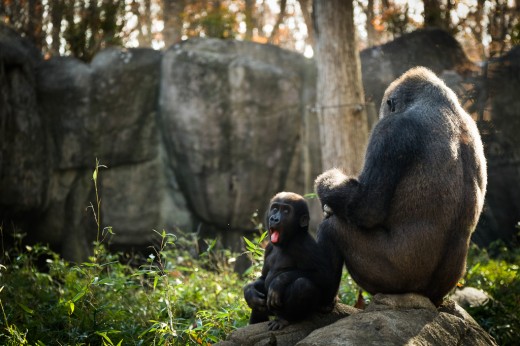
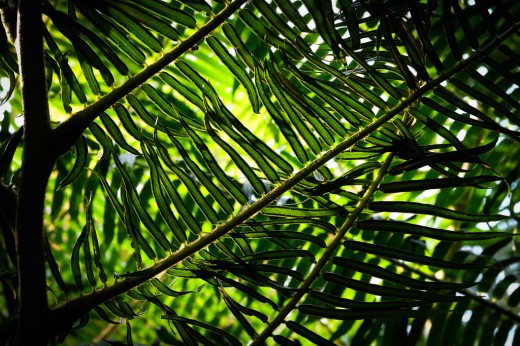
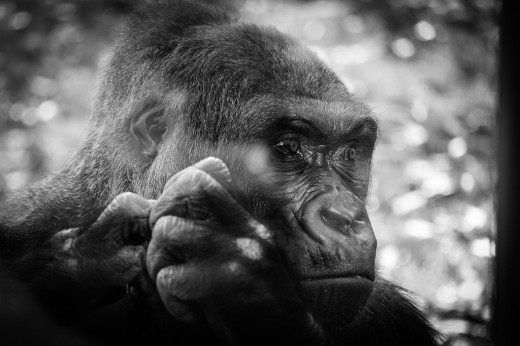
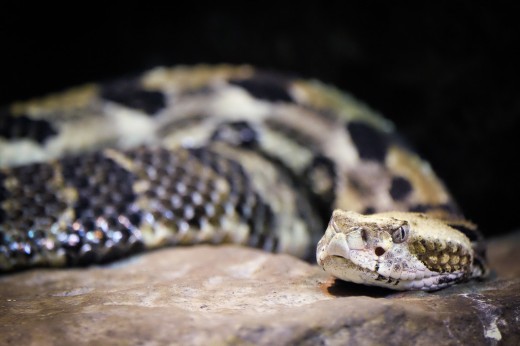

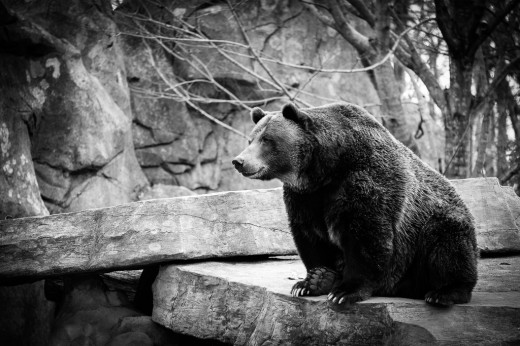

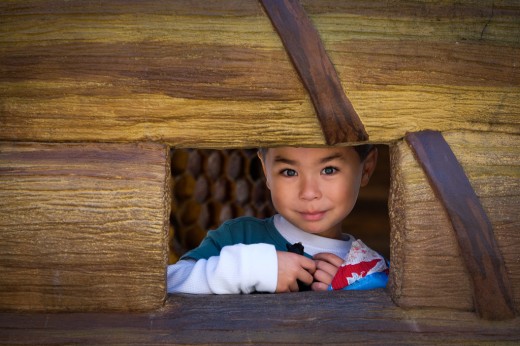

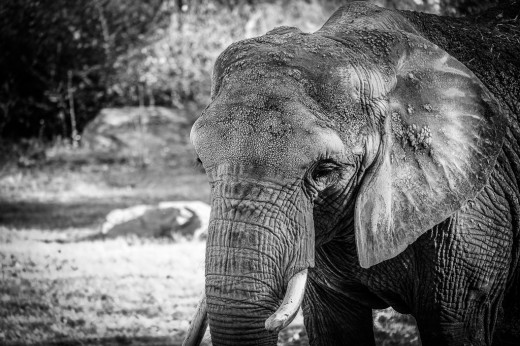

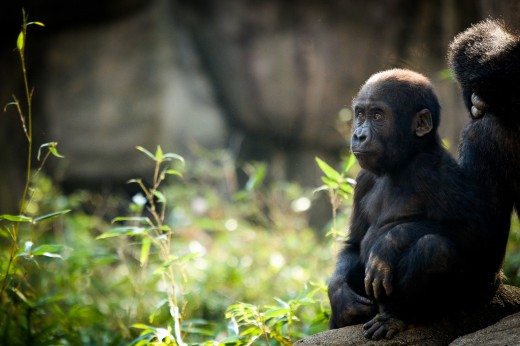
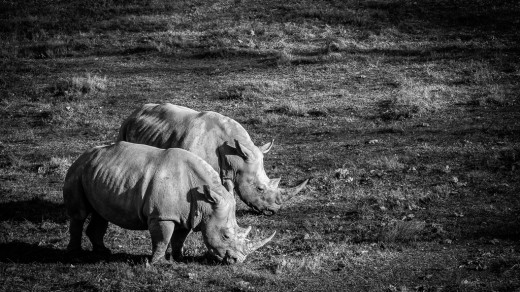
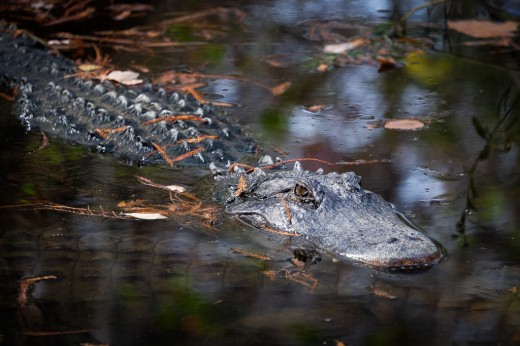
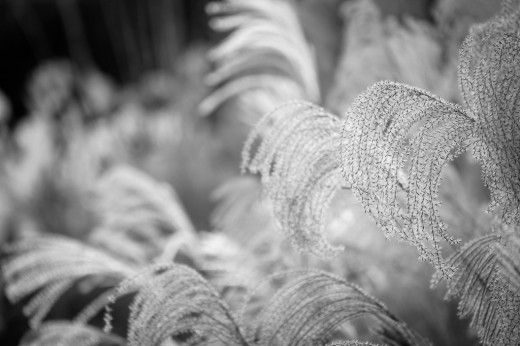

Jason R Campbell on Nov 24, 2013 at 10:56 pm
Thank you for this lovely post. I can’t agree more with you regarding the Fuji X-E2, and your philosophy of shooting photos. I have been shooting with my X100 for the last two years while my Canon SLR and bulky lenses collect dust. Just yesterday I purchased the X-E2 kit and bought the 55-200 after shooting with it in the store and being blown away by its nice build quality, image stabilization and sharpness, unlike my Tamron 18-270 zoom which feels like a plastic toy and is hit or miss. I particularly like the separate manual focus, zoom and aperture rings, the way they feel, and I could see the individual eyelashes on a girls face shot at 200mm. Unbelievable quality for the price point, and now I have all the camera power I could ask for in an easy to carry bag.